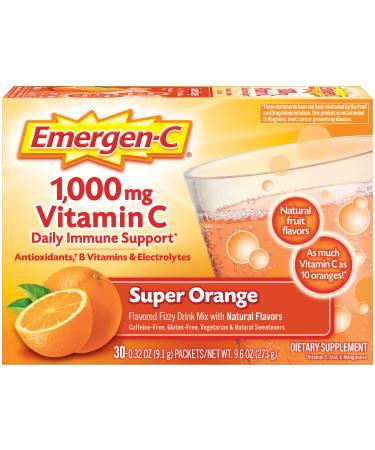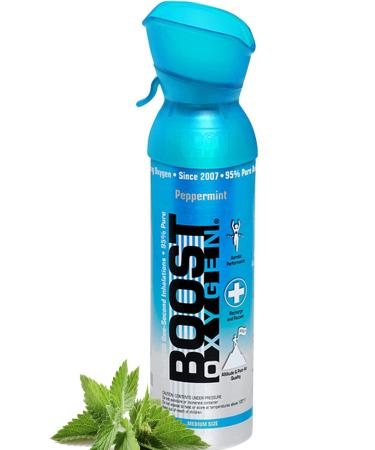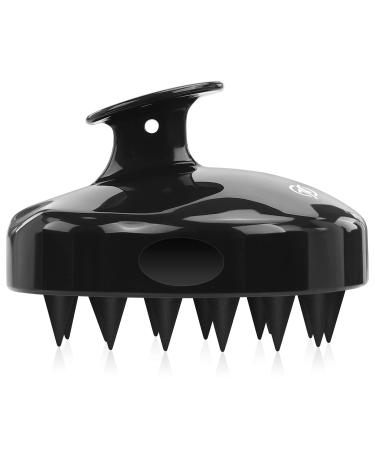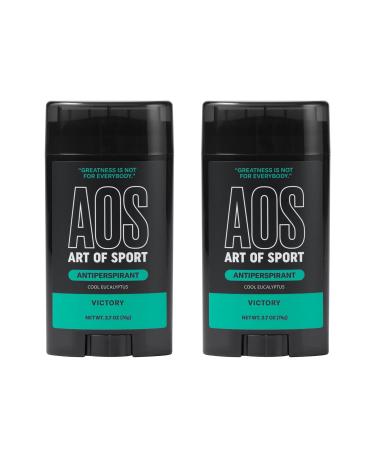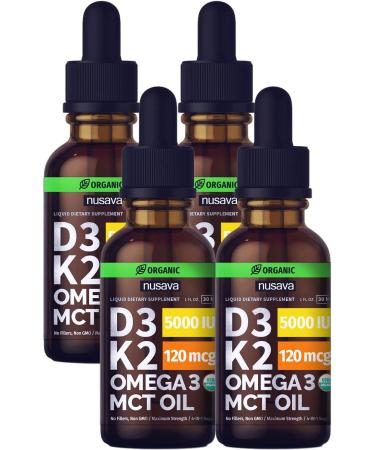WHAT IS MORINGA
Moringa Oleifera is a plant of which all its parts can be consumed such as leaves, seeds, roots.
This plant's treasures are undoubtedly contained mainly in its leaves. The leaves are harvested, dried and ground into a very fine powder that is bright green in colour. Rich in nutrients such as calcium, iron and vitamins A.
THE ORIGIN OF MORINGA
The moringa oleifera plant grows mainly in the Tropics, the area surrounding the Equator. Its natural distribution area extends from India to the Arabian Peninsula and East Africa via Madagascar and Southwest Africa. It originates from the Himalayan regions of Northwest India. The moringa oleifera plant grows in a wide variety of soils and is highly resistant to drought.
The ideal environment for growing the plant is warm and sunny with no wind and an altitude of less than 500m. It fares best in sandy or muddy soil with good drainage. The moringa oleifera tree grows extremely quickly and generally reaches a height of between 4 and 7 metres, though it can reach up to 10 metres in deep, fertile soil. The moringa plant is entirely edible. This includes its leaves, fruits and seeds, the latter of which provide the oil.
WHAT ARE ITS HEALTH BENEFITS
Moringa is high in iron that contributes to normal cognitive and immune system function. Iron helps reduce tiredness and fatigue and promotes the normal transport of oxygen in the body.
High in fiber and source of vitamin A. Moringa is a source of calcium, which helps maintain normal muscle function, calcium is also necessary for the maintenance of normal teeth and bones.
TASTE AND TEXTURE.
Our moringa oleifera comes from organic farming. Moringa is sold as an impalpable bright green powder that is neither too light nor too dark: this would be a sign of dampness. The powder must be very fine and contain no stems or veins.
It has a fairly strong aroma similar to hay, like a freshly mowed lawn. Its fundamental characteristic is that it dissolves in water; good-quality moringa must dissolve in water without leaving any sediment.
HOW DO I TAKE MORINGA
Organic moringa powder is considered a great way to integrate this precious source of sustenance into your alimentation. Moringa leaf powder can be added to your savoury dishes such as roast vegetables and potatoes, but it also makes a great addition to smoothies and biscuits.
RECIPES WITH MORINGA
Moringa powder can be consumed in the following ways:
- in yoghurt or milk
- on vegetables or salads - on savoury dishes such as roasts or potatoes
- as an ingredient in homemade desserts
- in infusions and teas
- in smoothies or fruit extracts
- when making biscuits
WHAT IS THE DIFFERENCE BETWEEN MORINGA CAPSULES AND MORINGA POWDER
Nothing at all.
The process of producing moringa powder begins with the harvesting of the leaves from the tree. They are then delicately dried at low temperatures. After the leaves have been dried, they are ground into a fine and impalpable bright green powder and then packaged. The difference between the powder and the capsules is the additional step of filling cellulose capsules with the moringa powder.
The only difference, therefore, is in the way they are taken and the dosage; the capsules are more convenient to take as a supplement, while the powder is more practical for use in the kitchen when preparing recipes.
At NaturaleBio, we sell and market moringa in the form of organic powder.



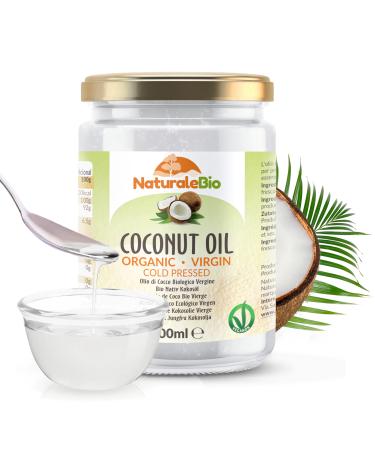


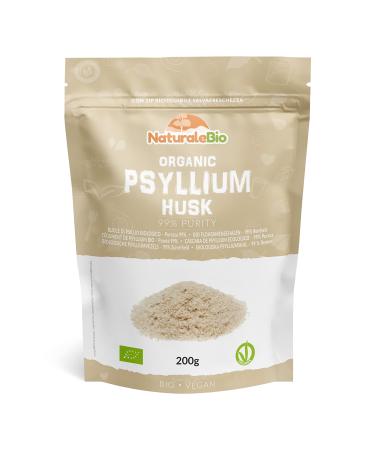






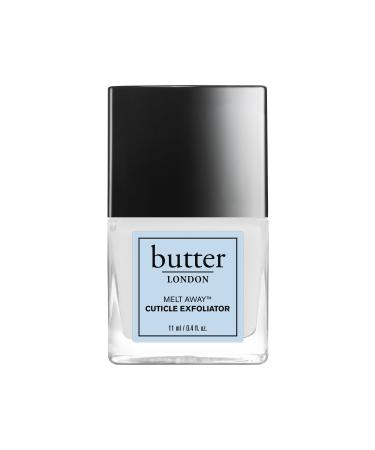
![Stewart Freeze Dried Dog Treats Made in USA [Single Ingredient Puppy and Dog Training Treats - Grain Free Natural Dog Treats] Resealable Tub to Preserve Freshness - Buy Online on GoSupps.com](https://www.gosupps.com/media/catalog/product/cache/25/small_image/375x450/9df78eab33525d08d6e5fb8d27136e95/6/1/61gwbbixarl._ac_sl1500_.jpg)
